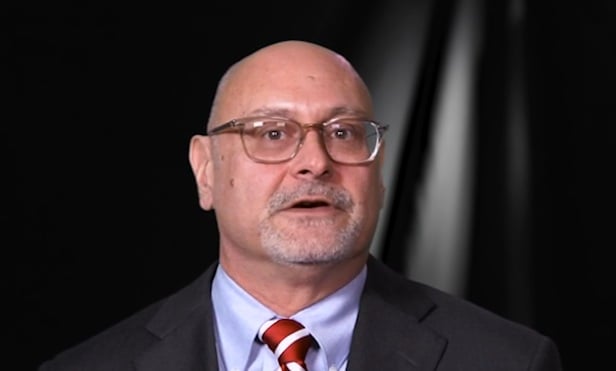RICHARDSON, TX—“Rent growth doesn't have to reach best-ever readings to be strong,” says Greg Willett, chief economist at RealPage. The firm said Tuesday that while rent growth is expected to slow in the near term from the 5%-plus pace set in 2015, cooling to 3.8% in the year that just ended, it's still well above historical norms.
RealPage says the nation's 100 largest metro areas saw apartment demand of 328,559 units in 2016, up 24% from the previous year's net move-in total. Demand recorded for '16 was the third largest calendar year volume posted during the past three decades, just behind 2000 and 2010.
“The apartment sector's winning streak has run seven full years so far,” Willett says. “Job production continues at solid levels, encouraging new household formation. While apartment construction is substantial, significant building is justified by the very strong demand tallies,” which last year exceeded deliveries by more than 30,000 units nationwide.
Recommended For You
Want to continue reading?
Become a Free ALM Digital Reader.
Once you are an ALM Digital Member, you’ll receive:
- Breaking commercial real estate news and analysis, on-site and via our newsletters and custom alerts
- Educational webcasts, white papers, and ebooks from industry thought leaders
- Critical coverage of the property casualty insurance and financial advisory markets on our other ALM sites, PropertyCasualty360 and ThinkAdvisor
Already have an account? Sign In Now
*May exclude premium content© 2025 ALM Global, LLC, All Rights Reserved. Request academic re-use from www.copyright.com. All other uses, submit a request to [email protected]. For more information visit Asset & Logo Licensing.









